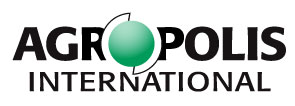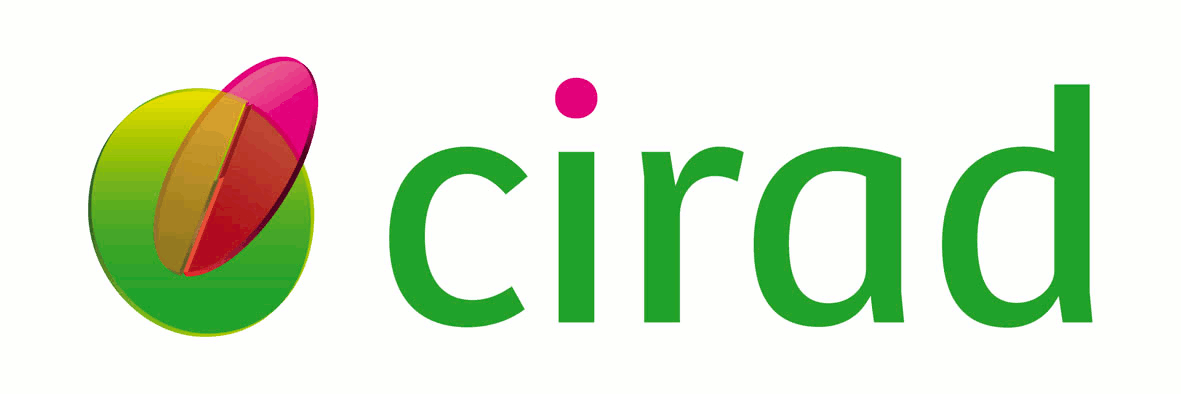Analyzing confocal data using 2D surface projections.
Résumé
Confocal imaging is a technique that is a widely used to image plant tissue. A protein of interest is tagged with a florescent marker that can be used to track the protein in vivo, down to the sub cellular level. It is also relatively easy to stain plant cell walls with florescent dies which can then be used to track changes in cell shape and size in response to growth and experimental treatments using live imaging. In this role, the confocal microscope can be considered as a 3D scanner with sub micron precision. In this talk I will present software that can extract surface geometry and cell outlines from confocal image stack data. These outlines can then be used as landmarks to track tissue expansion rates in the shoot apex in response to experimental treatment. Using data collected simultaneously on multiple channels, florescent protein data can be overlaid with a segmentation of the surface into cells, making it possible to quantify changes in protein localization.






